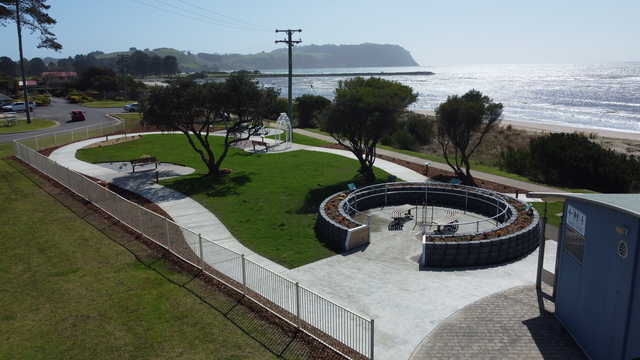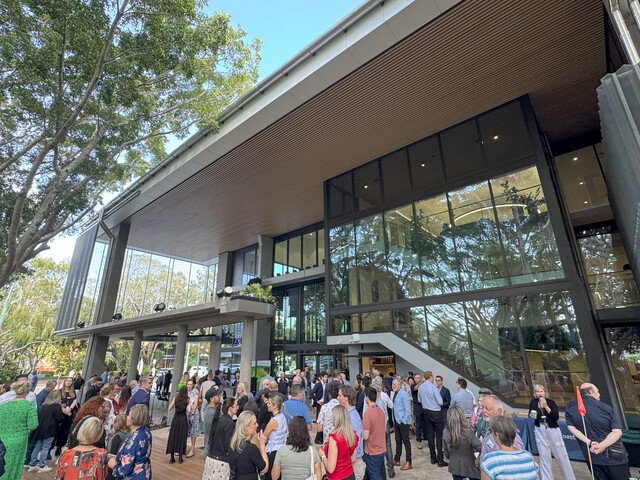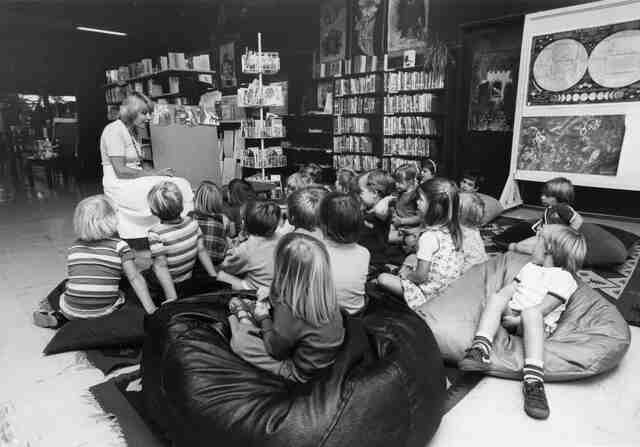The Good Oil by Rod Brown *
Last month’s edition of LG FOCUS provided some stirring sentiments from Bernie Millane (City of Whitehorse) about Local Government taking the lead in rebuilding some of our regional areas. The same edition referred to entrepreneurial things in train at Kalgoorlie-Boulder. It got me thinking about some smart things happening overseas. I am throwing them on the table for you to draw your own conclusions – on the basis that while we live in the greatest country in the world, we can always learn from others.
Example 1 – Arizona
Phoenix and Tucson, with populations of about three million and one million respectively, are wealthy cities. Arizona is literally in the middle of nowhere. It has minimal rainfall, boiling temperatures, and lots of rock. Until a decade ago it ranked 48th or 49th among the US States in terms of per capita expenditure on R&D and public education.
The economic base has now been broadened out from construction, tourism and retirees to include technology intensive manufacturing and world wide services. With higher incomes and many more skilled jobs, it ranked 1st in the nation for job growth in 2000 and 2nd in 1998-99.
How come? This was the question I asked my US colleagues at the Competitiveness Institute conference in Tucson last October. They gave five reasons – the lead taken by Arizona State University (particularly its President); some strategic plays by the State Government; Federal defence expenditure; some civic champions; and the ease of transport provided by massive dual highway systems constructed decades ago.
The next day we saw the Bombardier aircraft manufacturing plant (Tom Cruise’s Lear jet under construction) and the headquarters of America Online. I asked the latter why Tucson? Apparently the founder grew up there. As I departed Tucson all I could think of was Alice Springs!
Example 2 – St. Paul-Minneapolis conurbation
Known as the Twin Cities, the economy has a mix of industries, healthy job growth, many top ranked employers with local headquarters, low unemployment rates and relatively high per capita income. In 1994 dollars, the per capita income was $24,145 compared with $20,800 nationally.
How come? The strength of the region can be traced back to the late 1800s, when Minnesota launched a vigorous drive to attract newcomers. Significant numbers of immigrants subsequently arrived from Germany and Scandinavia.
The Mayo Clinic (medical centre) was established in the 1890s, and major iron ore discoveries were made. In the 1950s, Minnesota began a program to attract new industries.Today the core industries are food, computers, printing and publishing, health care, medical instruments, arts and entertainment, and education. Twin Cities has a significant presence in newspaper publishing, and the nation’s largest law book publisher is in St. Paul. Another St. Paul firm is the nation’s biggest producer of calendars.
Example 3 – Lincoln and Omaha, Nebraska
This is an example of smart in the sense of addressing the core problem. These towns straddle the eastern end of Nebraska, with the Air Force’s Strategic Command in between. The economy has long struggled to compete with powerhouses like Denver and Chicago.
The Lincoln Journal Star quotes a recent study commissioned by the City of Lincoln as stating that their economic plight derives from the century old competition between Lincoln and Omaha for companies and jobs. Omaha recently lured away long time Lincoln based Gallup Organisation.
The study said they must end their rivalry via the following.
- Developing a coordinated, regional approach – to link business, higher education, and government entities to make the area more attractive to entrepreneurs and investors.
- Generating more high visibility leadership or ‘champions’ and more angel investors to kick start a competitive regional economy.
- Stepping up coordination with ongoing high tech and engineering research with the University of Nebraska system, and building networks of business people – parallel with the Twin Cities and Tucson.
Example 4 – Mauritius
The National Productivity & Competitiveness Council in Mauritius recently convened a workshop to trigger a transfer of knowledge and to jump start cluster development initiatives in the textiles and clothing sector. A delegation from Lille in France advised that Mauritius has the opportunity to specialise in niche markets, such as medical textiles, and to keep up with fashion, use new technology and build in design.
Through the Lille delegation, access would be provided to the seven textile clusters in France. The consensus is that the development of new, high value markets based on quick production and the delivery of smaller amounts of stylish clothing could only be tapped by groups of dynamic, forward looking SMEs working as a supportive network – a cluster.
A strategic partnership between Lille and Mauritius will soon be submitted to the Direction de l’Amenagement du Territoire et de l’Action Regionale (DATAR), the French government agency. Now that is smart!
Obviously we lack the population in regional areas to emulate the US examples, but the principles remain the same.
* Rod Brown’s Canberra based consultancy group, Australian Project Developments Pty Ltd, specialises in industry/regional development and government liaison. For further information telephone (02) 6231 7261 or email apd@orac.net.au







